Screen time for people aged between 5 and 17 should be kept to 2 hours per day (MAX). Learn why


Comments Off on Too much screen time means too little eye lubrication – how to fix this?
Posted in Uncategorized
Comments Off on How many satellites are orbiting the Earth in 2023?
Posted in Uncategorized
NASA Names Artemis II Crew for Mission to Fly by Moon in 2024
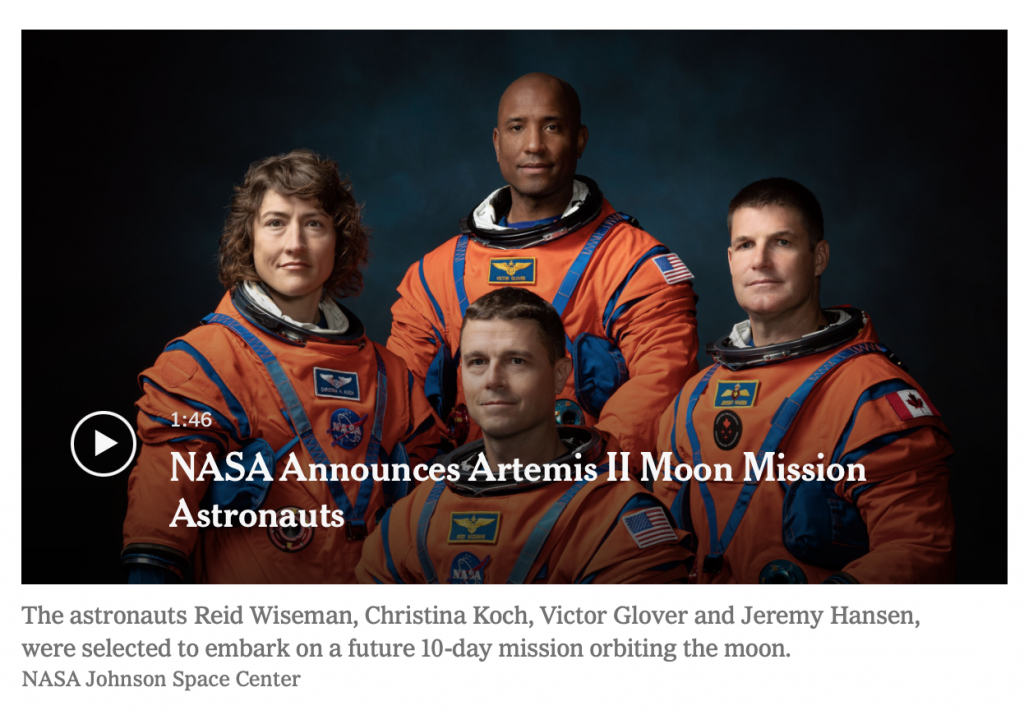
NYTIMES: Science April 3, 2023
Humans have not ventured more than a few hundred miles off the planet since the return of Apollo 17, NASA’s last moon mission, in 1972. After Artemis’s experience on the moon, NASA hopes to chart a path to putting humans on Mars, while scientists expect to use what is found there to answer questions about how the solar system formed.
Astronauts in 2023 are much different from those when the United States was in a race to beat the Soviet Union to the moon. During the Apollo program, 24 astronauts flew to the moon, and 12 of them stepped on the surface. All of them were Americans. All of them were white men, many of whom were test pilots.
They are Reid Wiseman, the mission’s commander; Victor Glover, the pilot; Christina Koch, mission specialist; and, Jeremy Hansen, also a mission specialist. The first three are NASA astronauts, while Mr. Hansen is a member of the Canadian Space Agency.
“When we were selecting astronauts back then,” Mr. Glover said in an interview, “we intended to select the same person, just multiple copies.”
Ms. Koch will be the first woman to venture beyond low-Earth orbit, and Mr. Hansen, as a Canadian, the first non-American to travel that far.
Mr. Hansen noted that the United States could have undertaken the Artemis missions by itself but instead chose to pull together an international collaboration with Canada and the European Space Agency. That agreement reserved a seat for a Canadian astronaut on Artemis II. “All of Canada is grateful for that global mind-set and that leadership,” Mr. Hansen said.
Comments Off on Canadians are back in space: Jeremy Hansen is part of the four person Artemis II Mission
Posted in Uncategorized

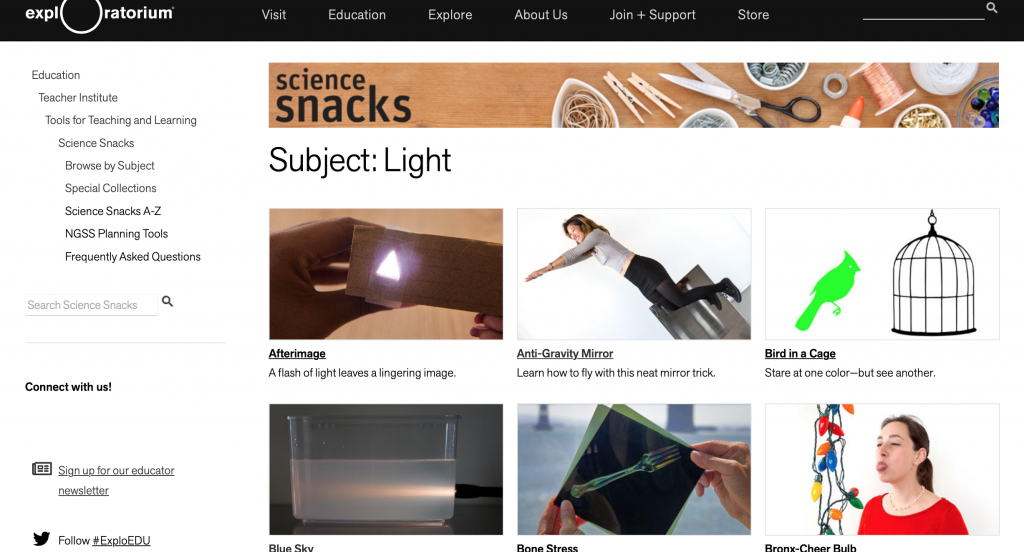
The Exploratorium has many interesting science Snacks to help up learn more about light
Comments Off on Science 8 plans a light party
Posted in Uncategorized
DON’T USE YOUR PHONE IF:
[1] Pew Research Center. (2021, April 7). Mobile fact sheet. https://www.pewresearch.org/internet/fact-sheet/mobile/
[2] Sage, K., Jackson, S., Fox, E. et al. (2021). The virtual COVID-19 classroom: surveying outcomes, individual differences, and technology use in college students. Smart Learn, 8 (27). https://doi.org/10.1186/s40561-021-00174-7
[3] Wheelwright, T. (2019, April 10). 2022 Cell phone usage statistics: How obsessed are we? https://www.reviews.org/mobile/cell-phone-addiction/
[4] Golebiowski, B. et al. (2020). Smartphone use and effects on tear file, blinking and binocular vision. Curr. Eye Res, 45 (4), 428–434. https://doi.org/10.1080/02713683.2019.1663542.
[5] Honma, M., Masaoka, Y., Iizuka, N. et al. (2022). Reading on a smartphone affects sigh generation, brain activity, and comprehension. Scientific Reports, 12, https://doi.org/10.1038/s41598-022-05605-0
[6] Umejima, K. et al. (2021). Paper notebooks vs. mobile devices: Brian activation differences during memory retrieval. Frontiers in Behavioral Neuroscience, 19, https://doi.org/10.3389/fnbeh.2021.634158
Comments Off on Cell Phone Use when learning science – when your phone slows you down
Posted in Uncategorized
Comments Off on Doomsday clock has updated the time – 90 seconds to Midnight
Posted in Uncategorized
Comments Off on The Honey Bee needs a vaccine
Posted in Uncategorized
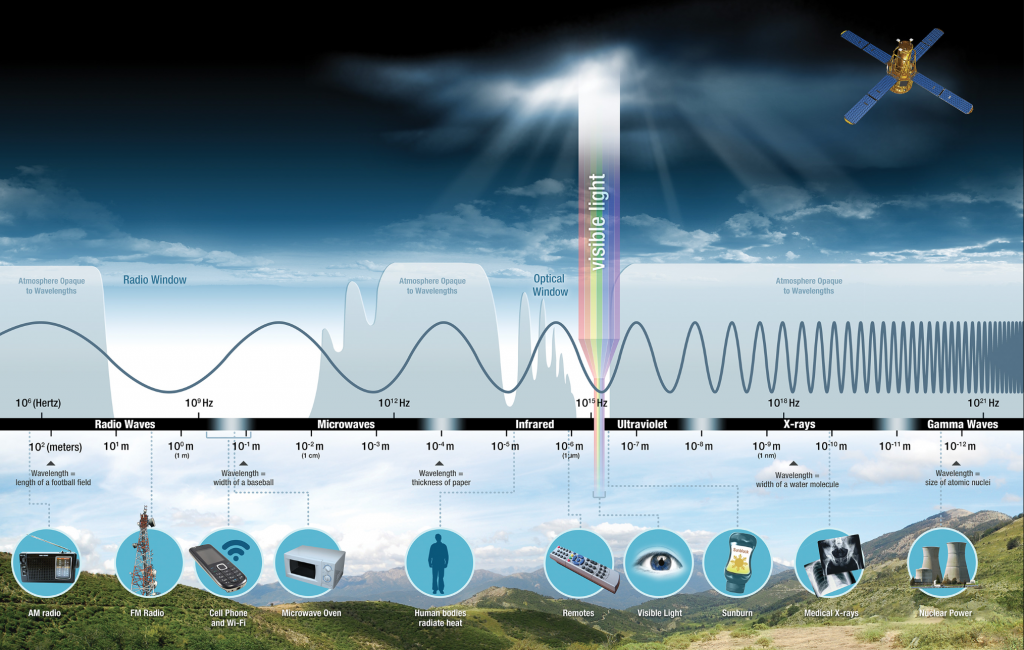
The Electromagnetic Spectrum shows a visual representation of all the energy in our world.
Change the wavelength using the slider in the top right of the screen and explore space using your mouse. For more information we have a quick video tour or you can read more on our blog. If you get stuck, click “Help” in the bottom left.
 Chromoscope is kindly funded by the Cardiff University Astronomy and Astronomy Instrumentation Groups.
Chromoscope is kindly funded by the Cardiff University Astronomy and Astronomy Instrumentation Groups.
Comments Off on Seeing The Universe in a Brand New Way – CHROMOSCOPE
Posted in Uncategorized

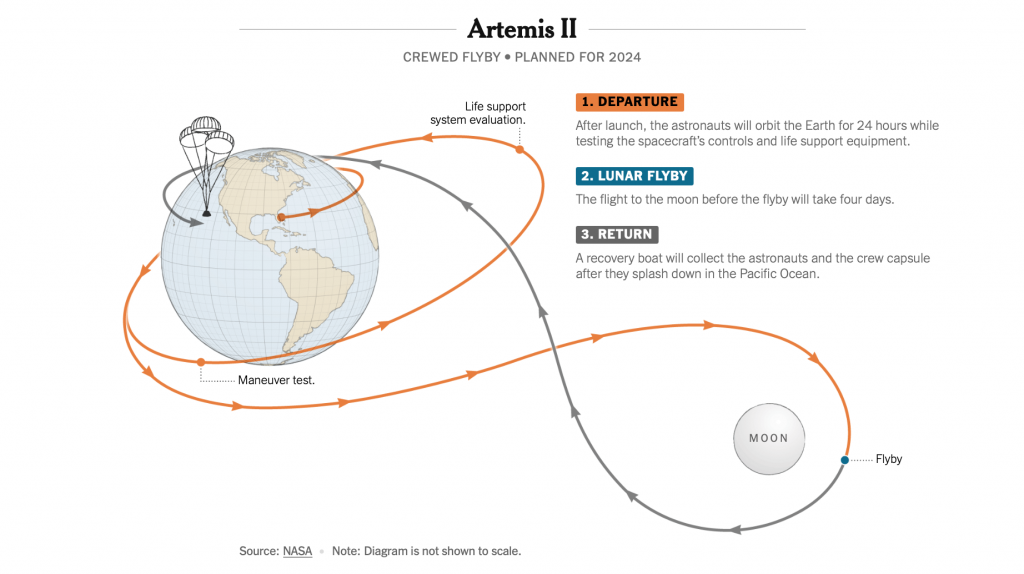
Comments Off on Looking Back & Looking Forward – Science highlights from 2022
Posted in Uncategorized
MICHAEL FARADAY – FIND OUT MORE ABOUT THE SCIENCE GUY
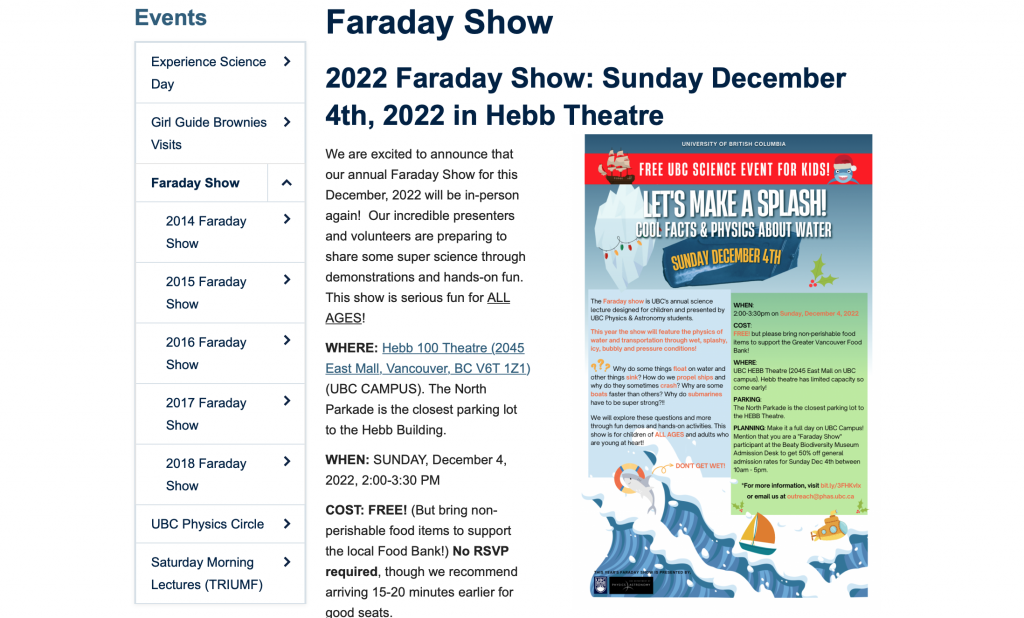
Farada Science Show – Sunday Dec. 4th, 2022 – Free Science Fun for everyone.
Comments Off on Christmas Science Show – 2022 Faraday Show – UBC Dec. 4, 2022
Posted in Uncategorized